Words: Nathan Chadwick
Photography: SEAT
Its own sub-brand, Cupra, might have all-but replaced it, but SEAT’s hot hatch history deserves respect.
You’d be forgiven for thinking SEAT’s story is all sunshine, tapas and cheap hire cars on the Costa del Sol. But scratch beneath the clichés and you’ll find one of the most colourful carmaker backstories in Europe – and a brand that’s given us some properly tasty modern classics. It is a shame, then, that the subbrand Cupra has all but replaced SEAT now – a crying shame when the firm has given us some excellent hot hatchbacks.
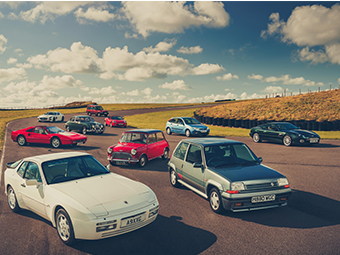
The tale begins in 1950, when Spain’s government decided its people needed cars to match their ambitions. Enter SEAT – short for Sociedad Española de Automóviles de Turismo. Back then, Spain didn’t have the means to design everything from scratch, so turned to Fiat. The first result was the SEAT 1400, but the car that really changed everything was the SEAT 600 in 1957. Suddenly, Spanish families who’d been stuck with scooters and buses could afford their own set of wheels. Overnight, the 600 became Spain’s Beetle.
Through the ’60s and ’70s, SEAT churned out Fiat-based machinery like the 124 and 127. Perfectly solid cars, but by the early ’80s, the Fiat partnership had run out of road, and SEAT was staring down the barrel. Then came the game-changer: Volkswagen swooped in, bought a majority stake in 1986, and gave SEAT the tools to reinvent itself.
This is where things start to get spicy. In 1984, even before the VW deal was signed, SEAT had launched the Ibiza. Styled by Giorgetto Giugiaro, engineered with a little help from Porsche, and aimed squarely at younger drivers, it was the first car that really felt like SEAT’s own. That cheeky, boxy hatch became a brand icon and laid the foundations for what SEAT is today: sporty, affordable, a bit of fun.
The ’90s brought us the Toledo – the first car designed entirely under Volkswagen’s wing – but it was the hot Ibizas and later the Leon that really lit up the enthusiast scene. If you were a cash-strapped hot hatch buyer in the late ’90s, the SEAT Ibiza GTi 16v Cupra looked like an absolute steal next to pricier Golf GTis. And when the Leon Cupra R arrived in the early 2000s with up to 225bhp from its turbocharged 1.8-litre lump, it gave the big names a proper scare.
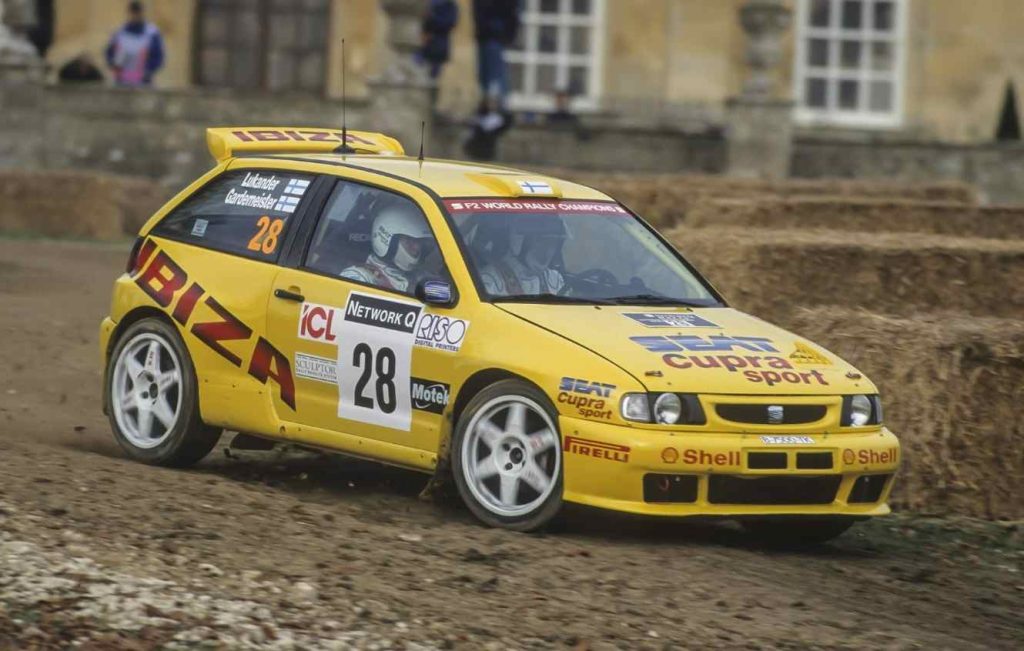
SEAT wasn’t just showing off on the road either. The Ibiza Kit Car dominated the FIA 2-litre World Rally Championship in the late ’90s, bagging three titles on the bounce. Later, the Leon strutted its stuff on track, with back-to-back World Touring Car Championships in 2008 and 2009. Suddenly, SEAT was a motorsport powerhouse – not something many had predicted back in the 600 days. Fast forward to now, and SEAT’s spin-off Cupra badge is chasing performance and electrification, but for modern classic hunters it’s those early Ibizas, first-gen Leons and quirky Cordobas that deserve attention. They’re affordable, fun, and just different enough to make you feel smug at the next cars-and-coffee.
From humble Fiat clones to genuine hot hatch heroes, SEAT’s history isn’t just about survival – it’s about swagger. And that’s why its best cars are modern classics through and through. Here are five SEATs worth scooping up.
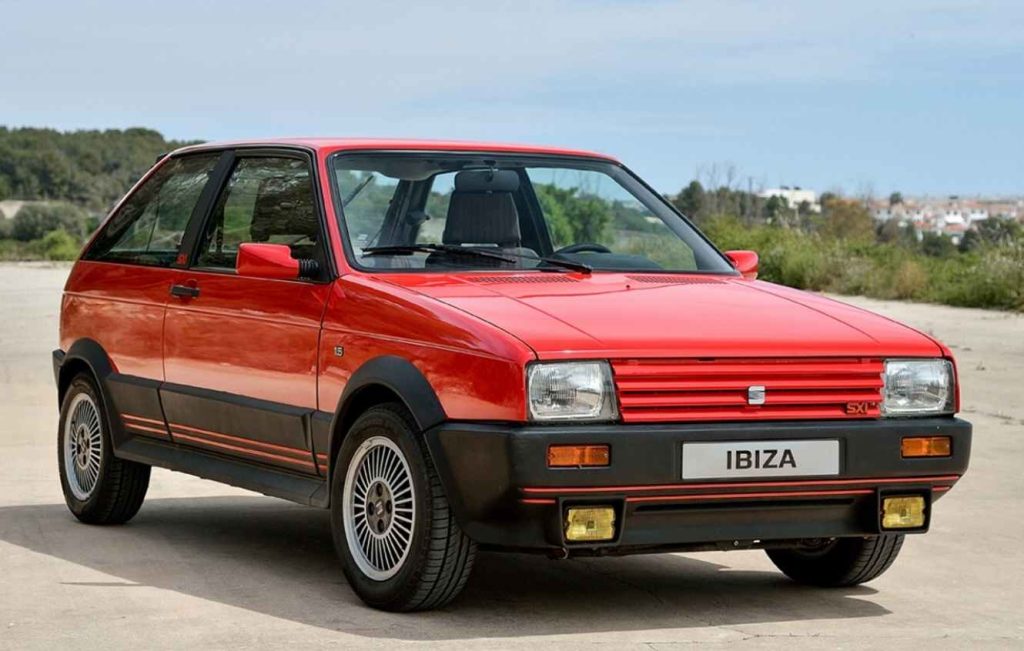
SEAT Ibiza Mk1 SXi/Sportline (1984-1993)
Italdesign styling, light weight and a chassis that rewards momentum. The Mk1’s sporty flavours used compact naturally aspirated engines up to about 1.7 litres, so power typically sat in the 90-110bhp band yet the car felt much quicker thanks to low kerb weight and sharp steering. Mechanically it is straightforward – simple injection systems and robust running gear – which makes ownership honest fun. Do check for corrosion in the sills and underside, and replace worn bushes and dampers, because the lively chassis will quickly betray tired suspension.
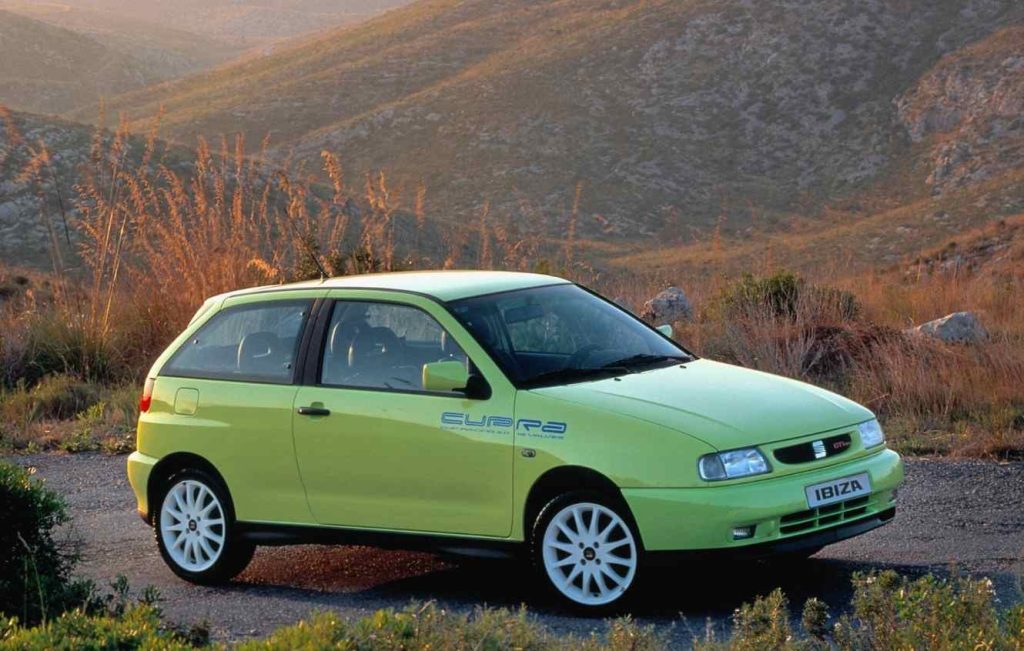
SEAT Ibiza GTI Mk2 (1993-1999)
By the second generation the Ibiza had grown up into a genuine hot hatch. The 1.8litre 16valve motor gives roughly 120-130bhp depending on tune and loves to be revved, delivering a bright, eager top end and a bark that makes you grin on B-roads. Chassis and brakes were sharpened for the GTi 16V models so cornering is confident and playful. From the 1996 facelift SEAT also offered 2.0-litre 16v ABF engines and higher-output Cupra variants, which brought 150bhp plus in some trims and broadened the range’s appeal. Servicewise, keep cambelts and valve clearances up to date and watch cooling system and fuelling components on higher mileage cars.
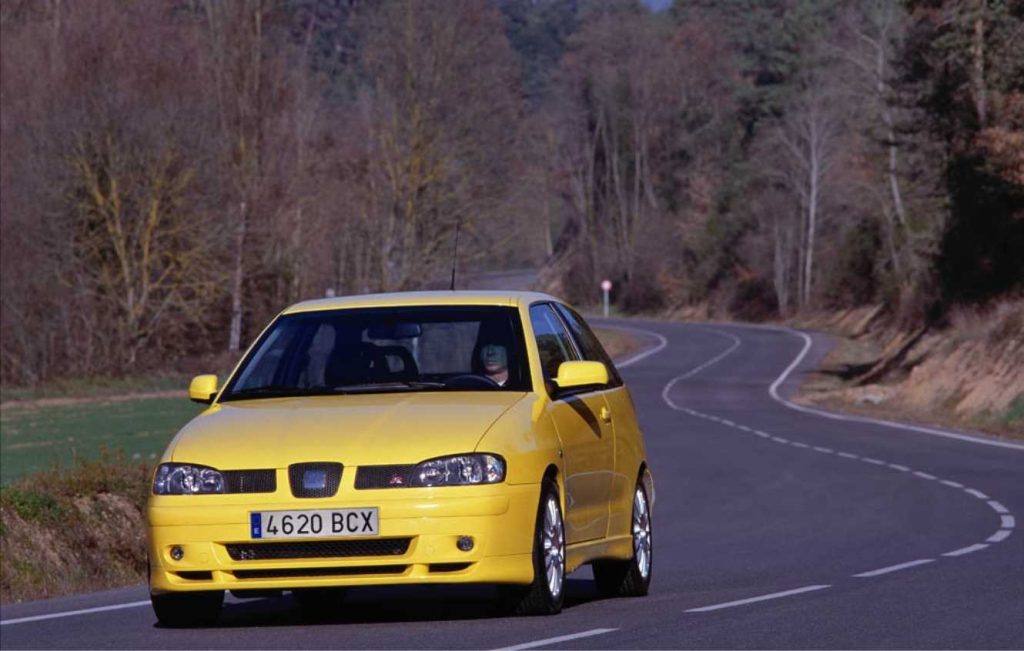
SEAT Ibiza Mk2 Cupra & Cupra R (1999-2002)
The Cupra’s heart is a 1.8litre 20valve turbo four with around 178bhp to 180bhp in standard tune and a fat mid-range torque band that rewards short sharp bursts. It sits on stiffer springs, uprated dampers and bigger brakes than regular Ibizas so turn in is eager and the chassis feels planted. Technical strengths are its engine responsiveness and the scope for modest remaps. There was even a 2002-only special-edition Cupra R, of which just 200 were built, offering 178bhp and a 140mph top whack. A tidy UK sub-100k miles example averages about £9000.
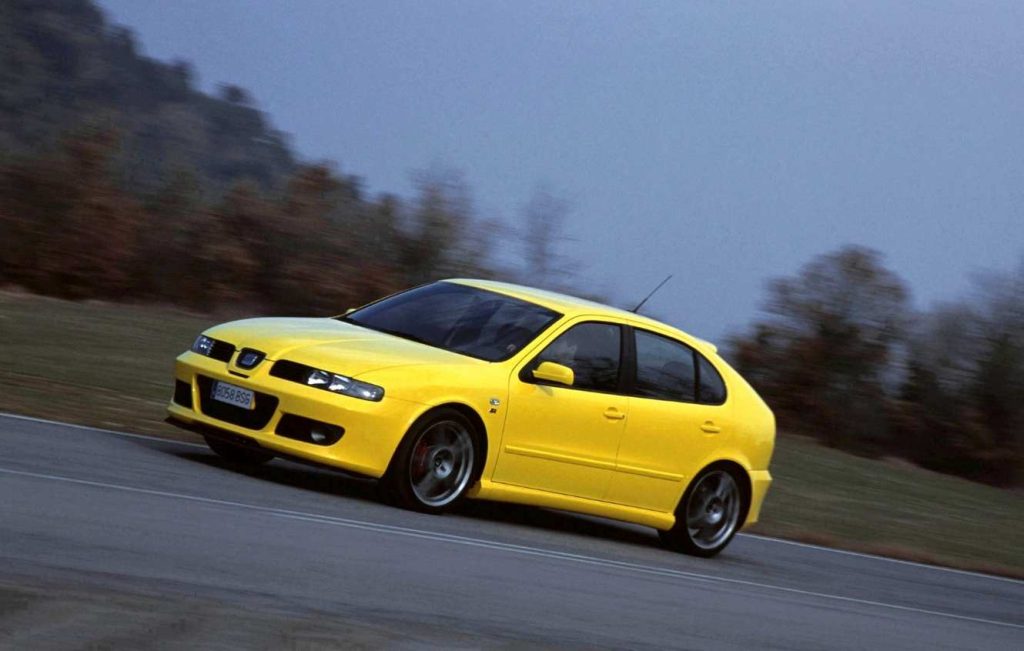
SEAT Leon 1.8 20V Cupra/Cupra RR (1999-2004)
The Leon Cupra models began life with a 1.8 20v turbocharged four-pot that developed 178bhp, but this grew to between 207bhp and 22bhp for the 2002 range remix when an R was added to the nameplate. Braking upgrades and chassis bracing sharpen the whole package, plus some typically lairy paint schemes. Technical caveats include turbo health, regular cam belt changes and potential high wear on clutch and front tyres from torque steer when driven hard. Parts are widely available via VW Group networks. Good sub-100k miles Cupra R examples average roughly £9000 to £11,000. Looking for something rare? Seek out a 2.8 VR6 24v Cupra 4, with 201bhp and four-wheel drive.
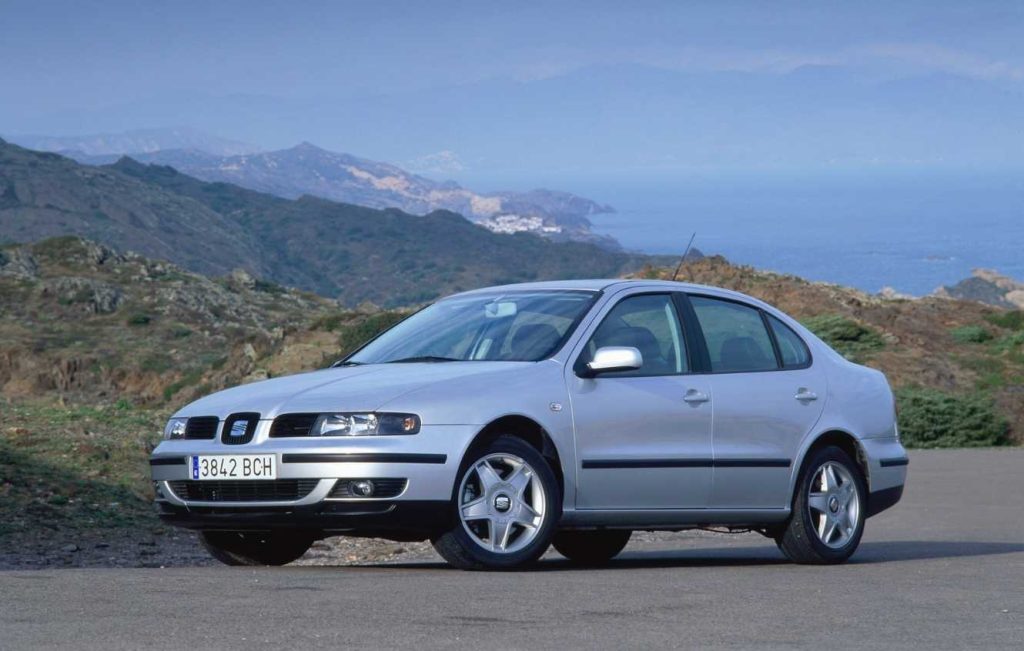
SEAT Toledo V5 (2000-2003)
The Toledo V5 is an underrated sleeper with a normally aspirated 2.3-litre five cylinder that produces strong pulling power and a sonorous exhaust note, typically around 150bhp to 170bhp depending on tune. The engine’s linear torque and revvy nature make it relaxed on long runs yet willing when asked. Be mindful of oil consumption history, camshaft and timing chain related checks on older examples, and suspension wear on high mileage cars. Practical and comfortable, and somewhat of a sleeper, it’s the perfect FOTU contender.
Protect your classic car
Keep your classic on the road with classic car insurance built by car lovers, for car lovers. Rated ‘Excellent’ on TrustPilot.
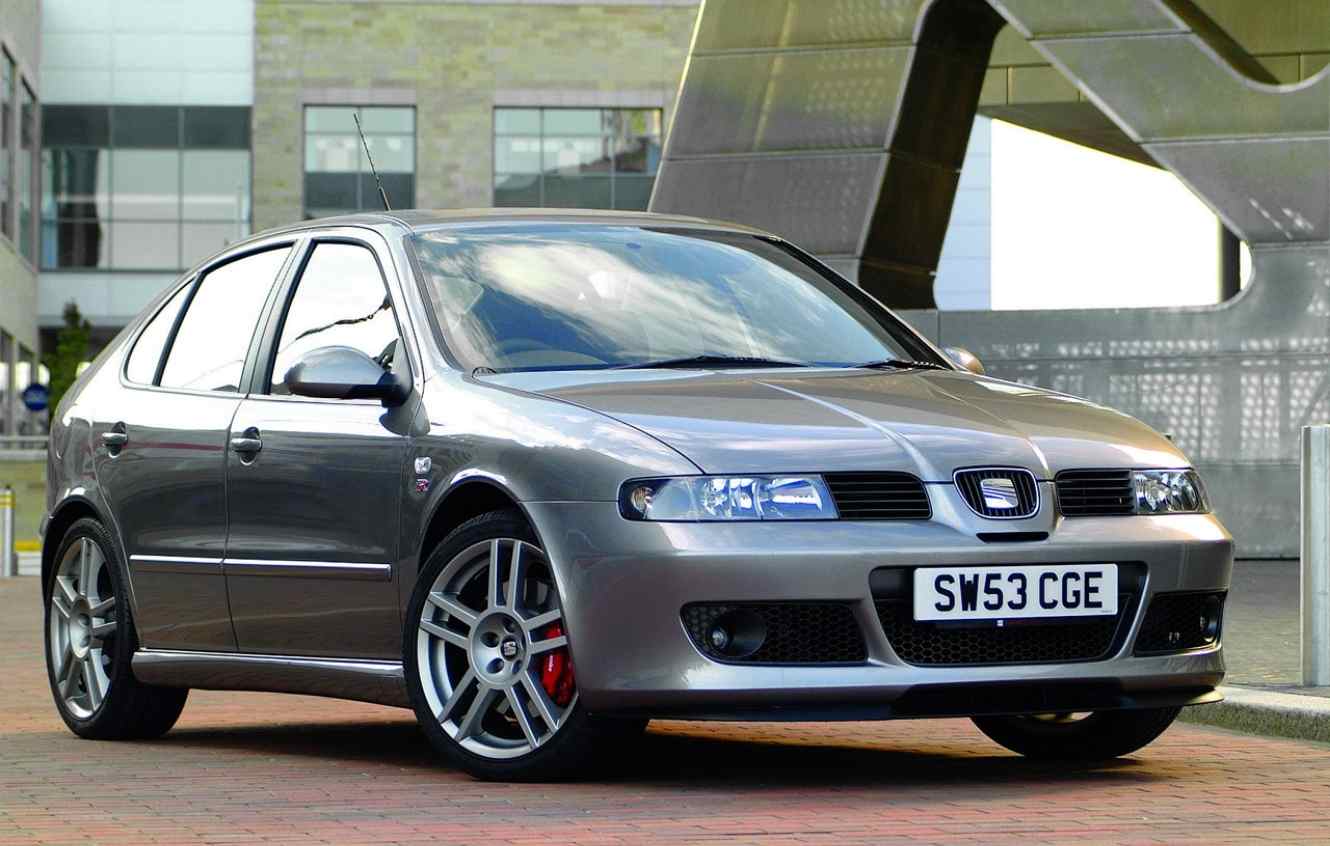

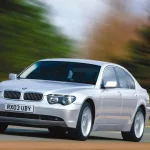
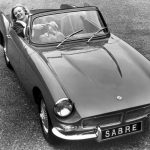

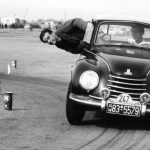
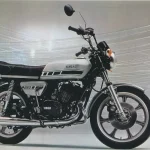
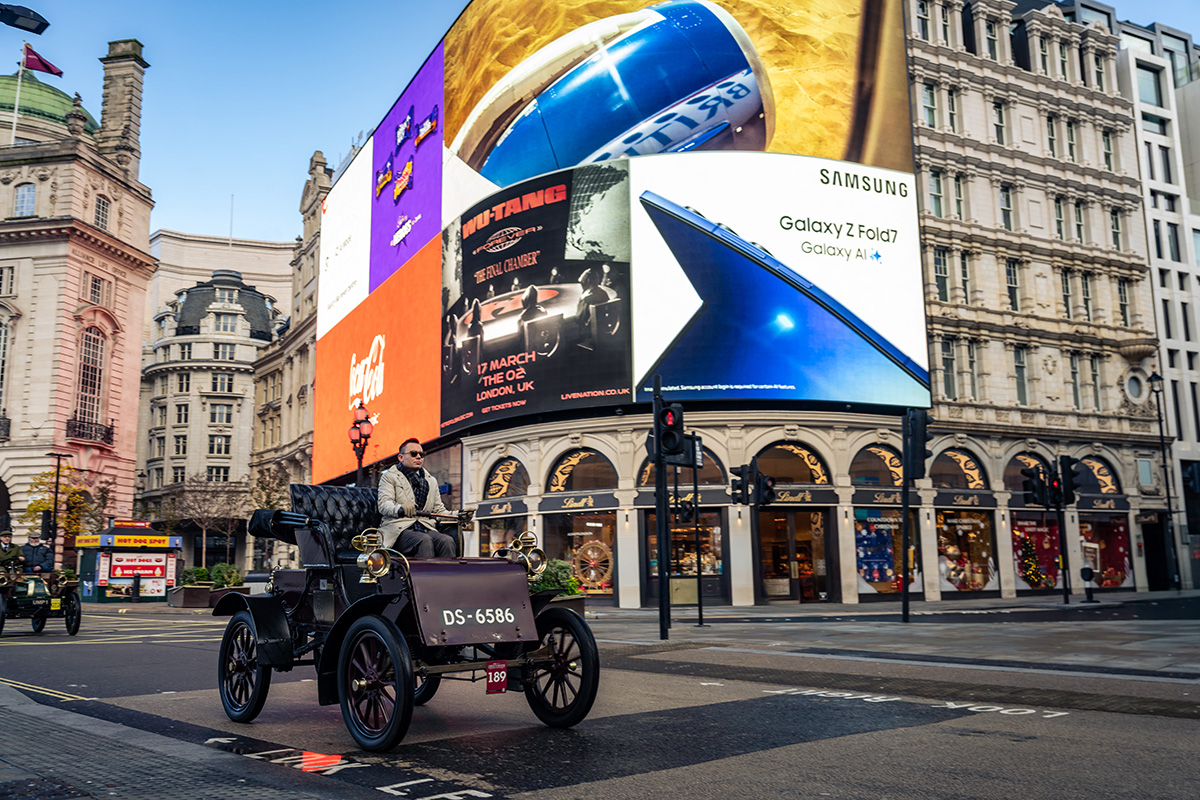


I drive a 2001 Leon Cupra with 178bhp, which is still a great drive. But dealer parts are no longer available, not as implied in the article. So, I am having to resort to some second hand and after market parts where available.